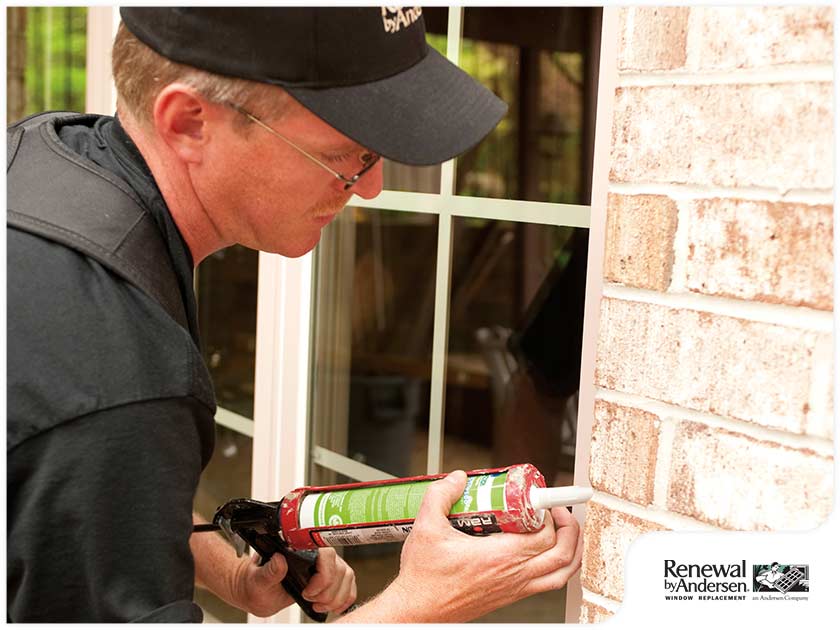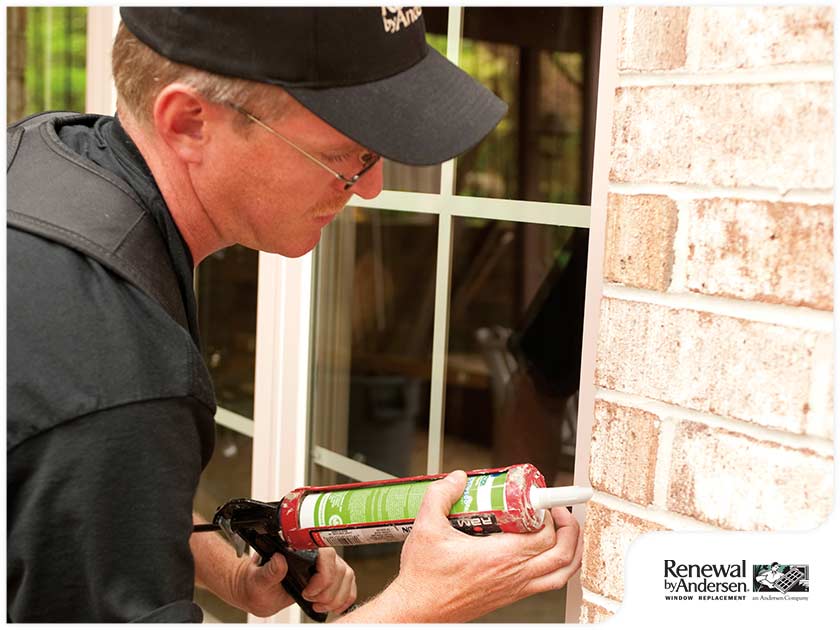

Virtually all modern houses feature windows that incorporate some form of sealed glazing — commonly known as insulated glass units or IGUs. Over time, the seals on insulated windows may fail, which disturbs the insulating power and diminishes the clarity of the window glass. In this blog, a window installation company discusses the importance of window seals and how to tell if they have failed.

A window that is truly sealed is constructed with two or three panes of glass assembled to form an IGU. Older windows were typically single-paned. These were not considered to be sealed at all, and the glass may loosen within the frame when the glazing putty cracks.
IGUs are built with two or three layers of glass normally separated by a vacuum or gas-filled space and sealed together at the edge. The space between glass panes can be a partial vacuum, but more often is filled with argon or krypton, two types of inert gas. In addition, the glass panes in IGU units may be applied with a heat-reflective material like the low-E coating — a standard in energy-efficient spaces. These combined features showcase an advanced window installation technology that effectively helps in slowing down energy transfer between the indoors and the outdoors in order to keep homes warmer during winter and cooler in the summertime.
It is common for IGUs to gradually experience seal failure. There are plenty of things that can contribute to this. For example, faulty installation results in pressure on the glass panes. It is also possible to damage the sealant material while stripping paint from a window frame. Even strong winds can put pressure on the glass and sometimes act as the death blow to the seal. All of these can cause the inert gas inside the units to leak out and prompt the moisture from the outside air to seep into the space between panes.
Window seal failure can occur both in standard windows, such as casement windows, and customized windows. It can also happen even when the window units are new. For instance, changes in atmospheric pressure during transportation may cause the breakdown of seals.
Telling if the seals in your home windows have ruptured is not always a straightforward feat, although there are proper steps to take in order to accurately detect seal failure.
1. Clean the glass. Since spotting window seal failure in traditional units like casement windows is largely a visual procedure, you need to provide yourself with a blank canvas. Make sure both the interior and exterior parts of the window are thoroughly wiped and cleaned. This reduces the chances of mistaking external moisture and grime for fogginess between the panes.
2. Look for distortion. As the krypton or argon gas begins to leak out of the IGU, the panes start to bend and warp slightly in the center point. This can cause the glass to look distorted, or occasionally even break. Stand at a distance from the window with a suspected broken seal and look at the reflection to see if the glass is more out of shape and cloudier than other windows. This will help you identify the problematic windows that need immediate replacement.
3. Look for sporadic condensation. It is more common to see moisture buildup between the two panes if the seal has broken than fogginess since it may simply come and go depending on the weather. Condensation on double-hung windows and other window styles is likely to form when indoor and outdoor temperatures are vastly different.
The best solution to a broken seal is window replacement. This is often the approach taken if the windows are still under warranty. It is also your ideal option if the window affected is old and the frames are wearing out rapidly anyway. A full replacement will allow you to take advantage of energy-saving innovations that are available.
Planning to install brand new and energy-efficient windows around your home? Turn to Renewal by Andersen® of Cincinnati for a smooth and stress-free experience. We offer a full range of premium window products — from custom-built specialty windows to traditional awning and double-hung windows — and provide professional installation services. Call us at (866) 609-5033 or fill out our contact form to set up an appointment. We work with residential clients in and around West Chester, OH.